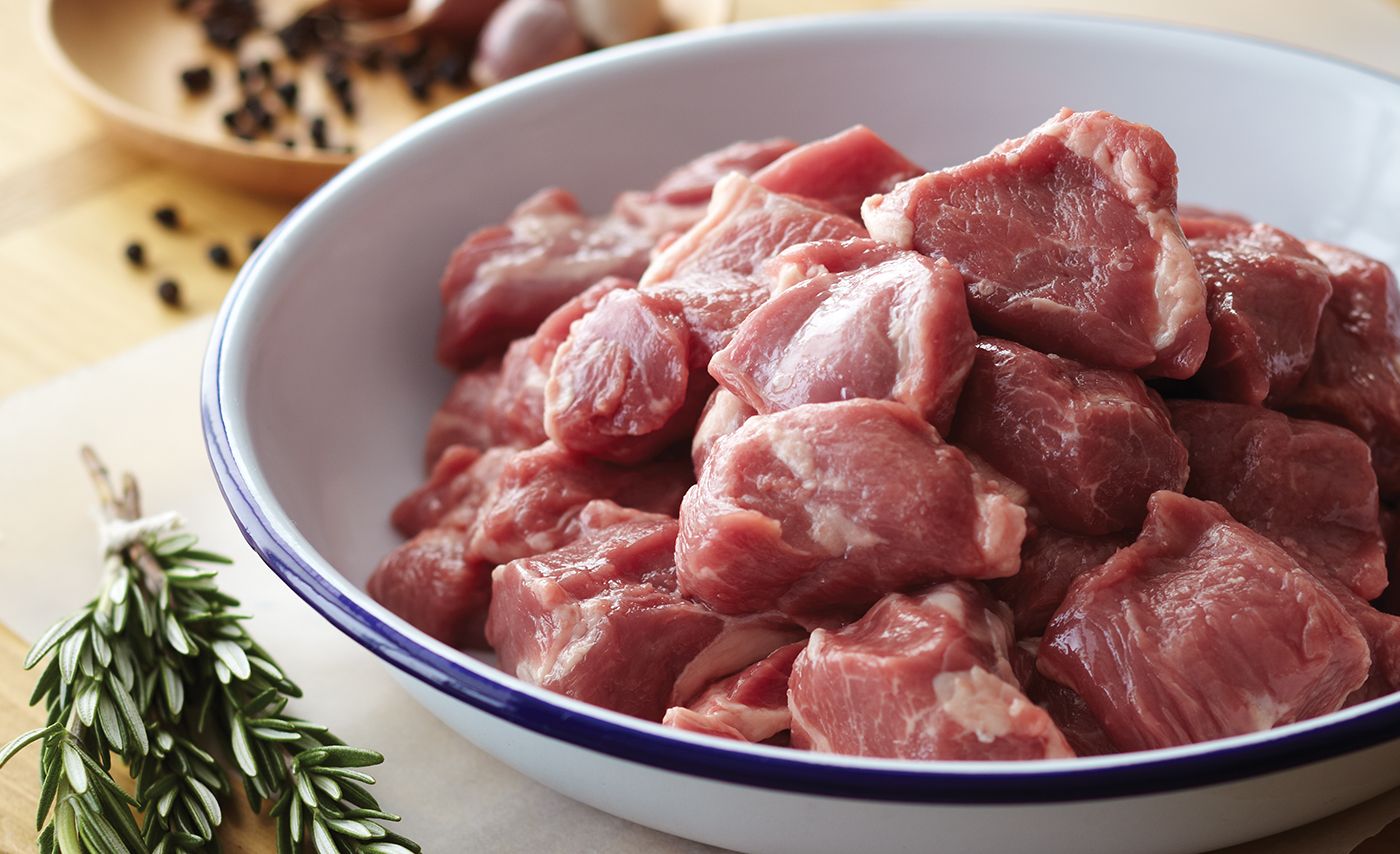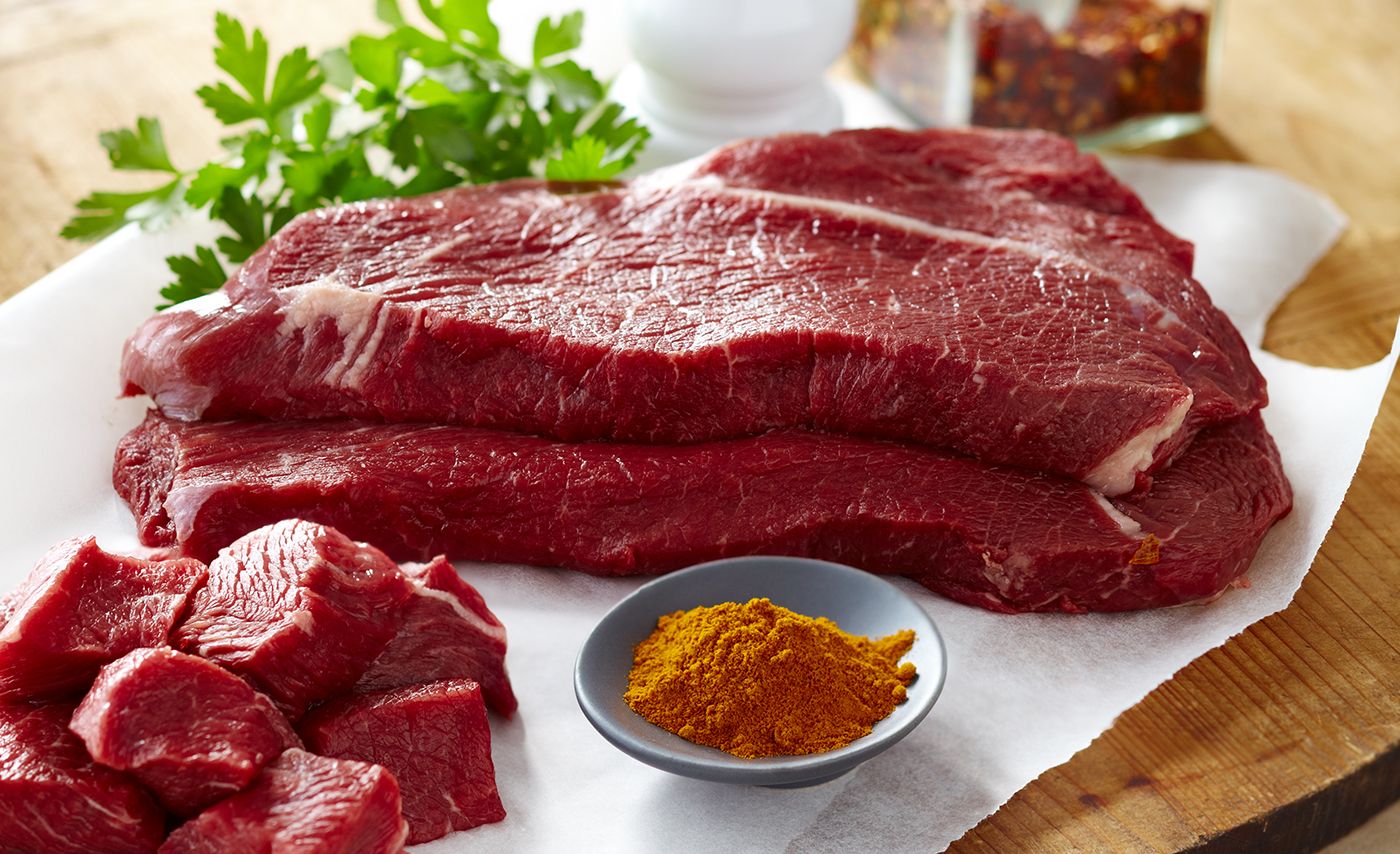Learn
| Nutrition | Protein – what is it and are all proteins the same?
Protein – what is it and are all proteins the same?
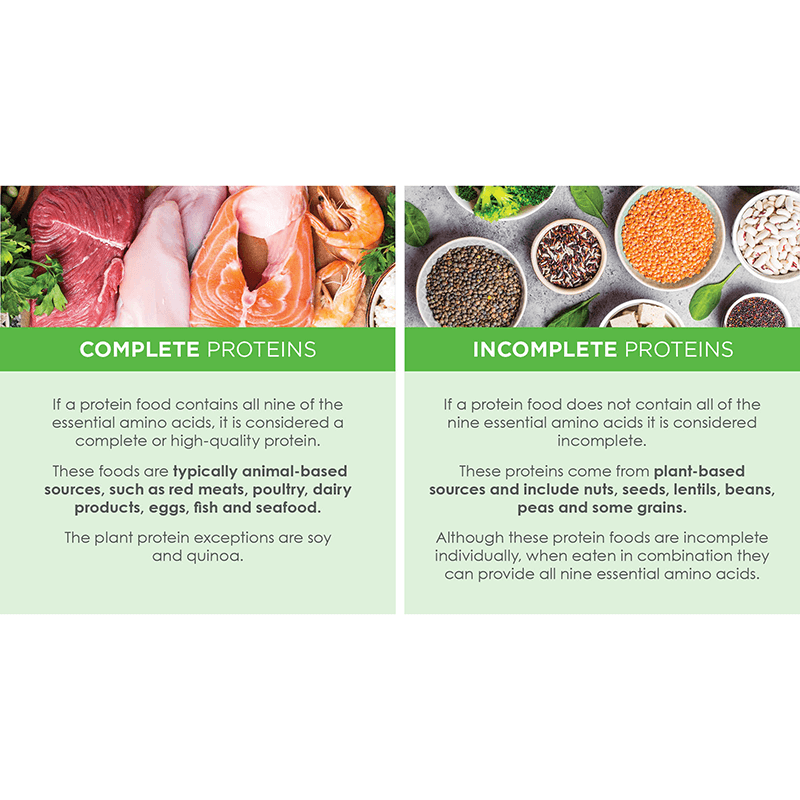
Protein is a macronutrient (meaning a nutrient the body needs in larger quantities) which provides the building blocks of human life. Every cell in our body contains protein, and we need to eat enough of it to help keep our bodies healthy and strong.
A protein-rich diet helps with optimal growth and development, as well as the maintenance, growth, and repair of lean muscle mass, bone health and weight management.
Complete and Incomplete proteins
All protein-rich foods from animal and plant sources play a role in a balanced diet, however not all proteins are equal; there are two types of proteins - complete proteins and incomplete proteins.
Protein is made up of building blocks called amino acids. There are 20 amino acids, but only nine are considered essential, meaning they cannot be created by the body and must be obtained from the diet.
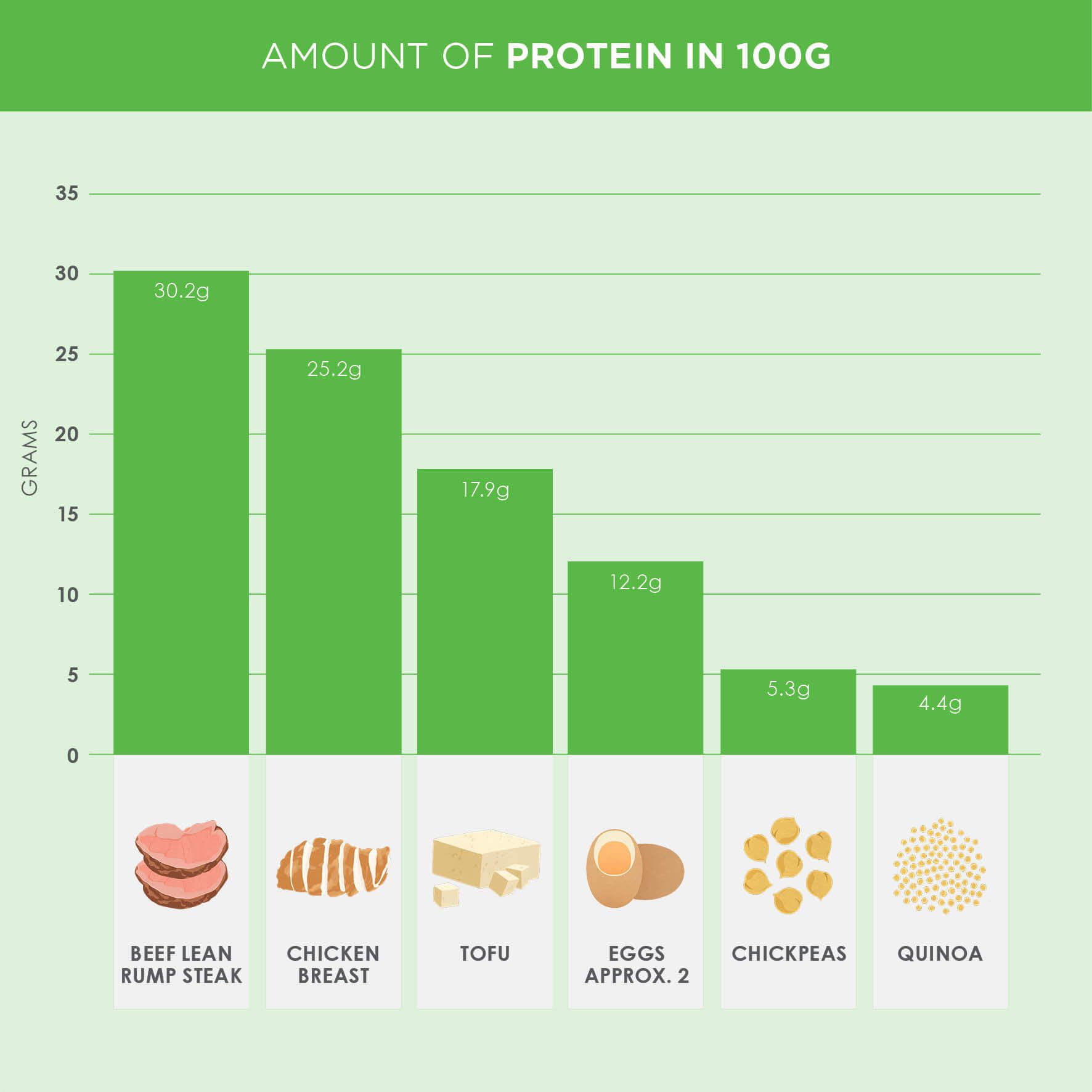
Protein usability
Protein quality goes beyond the amino acid content – how the body digests and absorbs protein also needs to be considered. Animal-sourced proteins rank higher for their ability to be digested and absorbed than most plant-proteins, meaning the body can better utilise them.
Red meat in particular is a good source of protein – with mince and slow-cooked tender meats being easy for children, those with dental issues and older adults to chew and digest.
What about the amount of protein in food?
Eating a variety of protein-rich foods is important for a balanced diet. However, it’s worth noting that animal-sourced proteins tend to contain more protein for the same amount of food (per gram), or in a standard serve in comparison to plant-sourced proteins.
This means you get more protein in smaller quantities from most animal-sourced protein foods.
For people who need more protein (e.g. pregnant and breastfeeding women, children, athletes and older adults), or groups who perhaps don’t eat a large volume (e.g. children and older adults) it’s more important to choose protein that is good quality, readily digested and easily absorbed to make sure every bite counts. Lean red meat is a great choice for these groups. Click here to read more about protein requirements for active people.
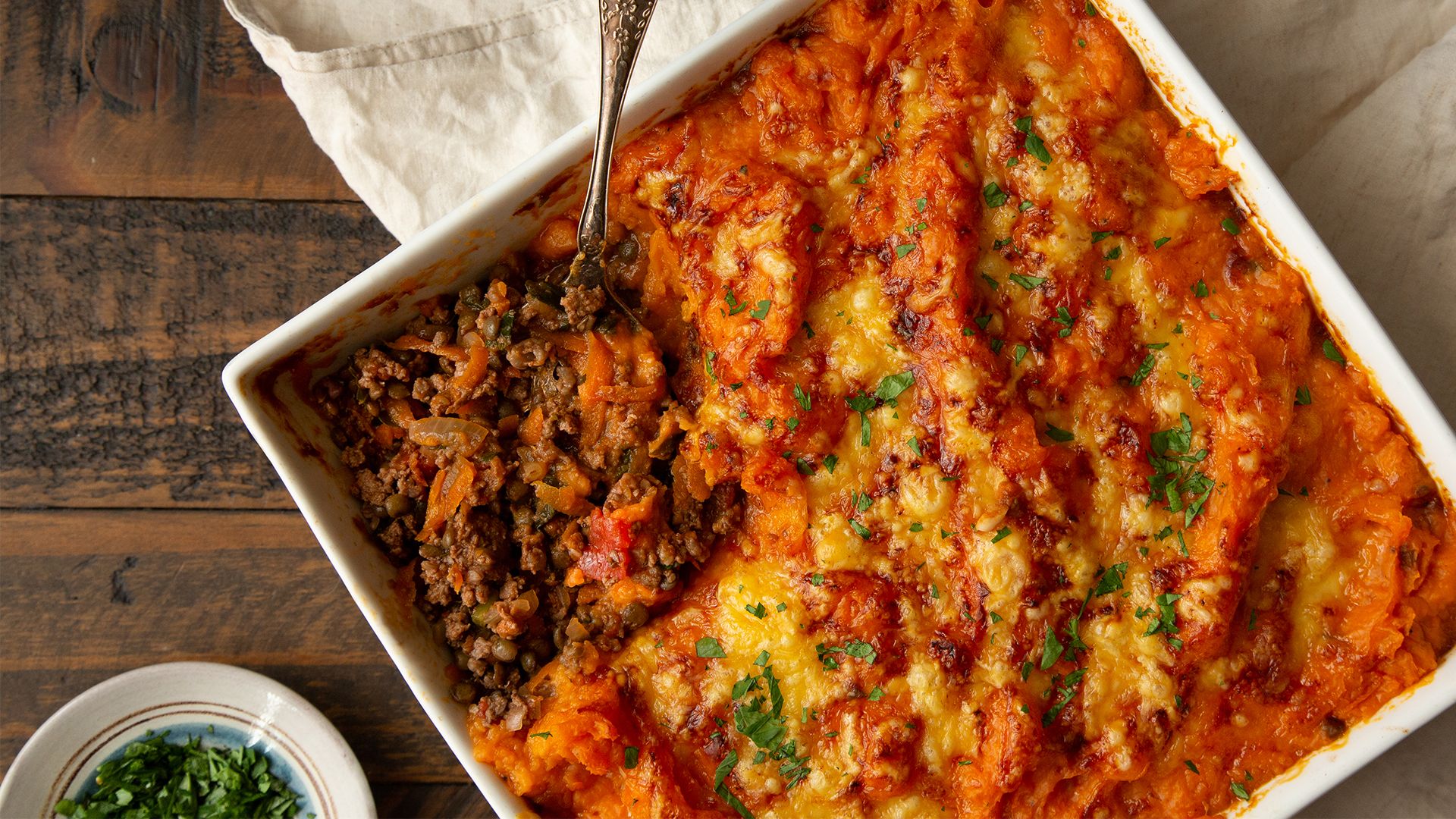
Why eat red meat?
Lean red meat doesn’t just tick the box taste-wise, it’s also a nutritious protein-rich food:
It’s a high-quality, complete protein, meaning it contains all nine of the essential amino acids and is easily digested and absorbed.
There’s a lot in a little. Lean red meat is very protein-rich and is light in calories for the amount of protein it provides.
It’s been dubbed natures power pack: weaved into its protein-base are other bioavailable nutrients, such as iron, zinc, B vitamins which are essential for health.
Better together
We don’t tend to eat food in isolation, it’s usually consumed as part of a meal. Plant-based proteins certainly have their place and are a tasty accompaniment with red meat.
Check out these delicious recipes from recipes.co.nz which combine red meat with plant-based proteins and are tasty to boot!
- Broad Bean, Asparagus & Pomegranate Salad
- The Best Beef & Lentil Cottage Pie
- Lamb Rump Steaks with Red Lentil Salad
- Indian Spiced Lamb & Chickpea Curry
Note: Health problems may result from an inadequate diet. They may also have a medical basis unrelated to diet. The information in this blog is only general and is not to be taken as a substitute for medical advice in relation to specific symptoms or health concerns.

Posted by Beef + Lamb New Zealand


